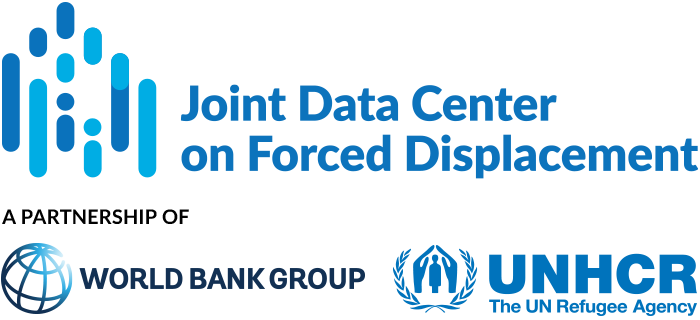JDC Literature Review
The JDC literature review contains summaries of recent publications and academic scholarship on issues relating to forced displacement.
Can social protection contribute to social connectedness in contexts of forced displacement and crisis? Lessons from Jordan’s labelled cash transfer for education
This article examines the effects of UNICEF’s cash transfer program, Hajati, on social cohesion and connectedness in Jordan.
Determinants of institutional delivery service utilization among internally displaced vulnerable populations in Benadir region, Somalia: A community based cross-sectional study
This study examines the use of maternal health care services in internally displaced person (IDP) camps located on the outskirts of Mogadishu, Somalia.
Legal residency status and its relationship with health indicators among Syrian refugees in Lebanon: a nested cross-sectional study
This study investigates the relationship between legal residency status and the health of Syrian refugees in Lebanon, which hosts the world’s highest per capita refugee population, with over 1.5 million Syrian refugees, including approximately 815,000 registered with UNHCR.
Determinants of Women Empowerment: Case of Refugee Women Living in Nairobi Kenya
This article investigates the determinants of women empowerment among refugee women living in Nairobi, Kenya.
The association between perceived neighborhood social cohesion and intimate partner violence in a refugee camp in Dollo Ado, Ethiopia
This article examines the association between perceived neighborhood social cohesion (P-NSC)—a measure of community trust, attachment, safety, and reciprocity—and the incidence of intimate partner violence (IPV) and controlling behaviors against women among Somali refugees residing in Bokolmayo camp, Dollo Ado, Ethiopia.
The power of dialogue: Forced displacement and social integration amid an Islamist insurgency in Mozambique
This paper investigates the impact of a community-based field experiment designed to promote the social integration of internally displaced persons (IDPs) into the local community in Pemba, the capital of Cabo Delgado, northern Mozambique.
Investigating the interplay between electricity access and food security: Insights from refugee settlements in Zambia, Malawi, and Uganda
This article investigates the impact of electricity access on food security, focusing on refugee settlements in Zambia, Malawi, and Uganda.
Household food insecurity, living conditions, and individual sense of security: A cross-sectional survey among Burkina Faso refugees in Ghana
This article assesses the levels and determinants of food insecurity among Burkina Faso refugees residing in Ghana.
Receipt of humanitarian cash transfers, household food insecurity and the subjective wellbeing of Syrian refugee youth in Jordan
This paper examines whether food security mediates the relationship between receipt of humanitarian cash transfers and subjective wellbeing among Syrian refugee youth in Jordan.
Using Poverty Lines to Measure Refugee Self-Reliance
This paper proposes a novel approach to measuring refugee self-reliance, grounded in global poverty measurement, that focuses on self-earned income. The measure captures the ability to meet physiological and basic material needs independently of aid.


